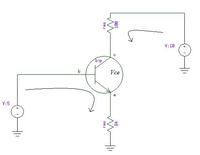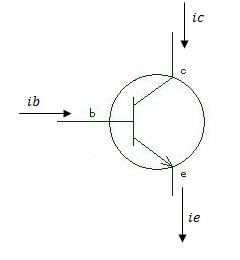crazyjohn
Junior Member level 2
Couple of questions all related to bjt transistor biasing and calculating circuit variables ive added a screen shot of a spice simulation and the circuit variables it throws up.Wondering how the sim has calculated those variables ?
1. How is Ib calculated ?
2.How is Ic calculated ?
3.How is vce calculated ?
1. How is Ib calculated ?
2.How is Ic calculated ?
3.How is vce calculated ?



